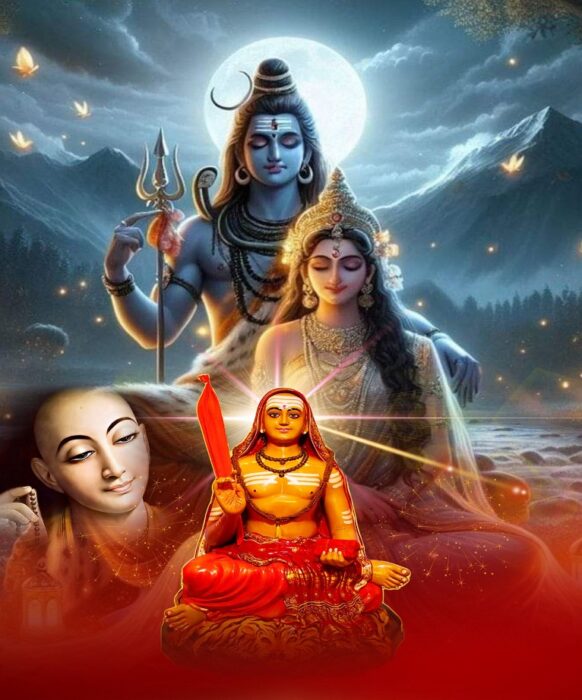What precisely is implied by India’s “public” theory?
Indian way of thinking is a unimaginably rich, intricate and differing bundle of contemplations and thoughts that can be isolated, at the most major level, between the Astika and the Nastika schools. The Astikas put stock in the matchless quality of the Vedas (and not, fundamentally, in God). There are six significant parts of Astika thought: Mimamsa, Sankhya, Yoga, Nyaya, Vaisesika and Vedanta. Mimamsa and Sankhya don’t put stock in God as the Creator.
The three boss Nastika strands are Charvaka, Jaina and Bauddha. Every one of them developed contrary to Vedic incomparability. They don’t have confidence in God and the Vedas.
Indian way of thinking has been busy with ontological and magical inquiries, for example, ‘Who are we?’, ‘What is simply the connection between the body and oneself?’, ‘What is this world about?’, ‘Who is the maker?’, ‘What is information and its temperament?’, ‘What are the different degrees of the real world?, ‘How can one accomplish information?’, and so forth. In contrast to western frameworks of reasoning, in India, the different branches existed together over hundreds of years, and now and again advanced after exceptional discussions among them. There is nobody ‘public’ Indian way of thinking, except if the very assorted variety of its numerous streams is viewed as the public attribute of the Indian arrangement of thought.
What is Vedanta, the framework with which Sankara is most firmly related?
As the terminology demonstrates, Vedanta or the Upanishads mark the ‘finish of the Vedas’. Vedanta speaks to the perfection of the huge Vedic idea. The Vedas are polytheistic, with a confidence in numerous divine beings. Notwithstanding, these divine beings have an incomparable ruler above them. Upanishadic or Vedantic thought moves the middle from God to the Self (Atma), and the whole endevaour is to understand this Self.
There have been numerous pundits on Vedanta, for example, Sankaracharya (mid ninth century), Ramanujacharya (eleventh century), Madhavacharya (thirteenth fourteenth hundreds of years) and Vallabhacharya (fifteenth sixteenth hundreds of years). Each varies from others on numerous perspectives. In any case, Sankara is collectively observed as the most conspicuous.

